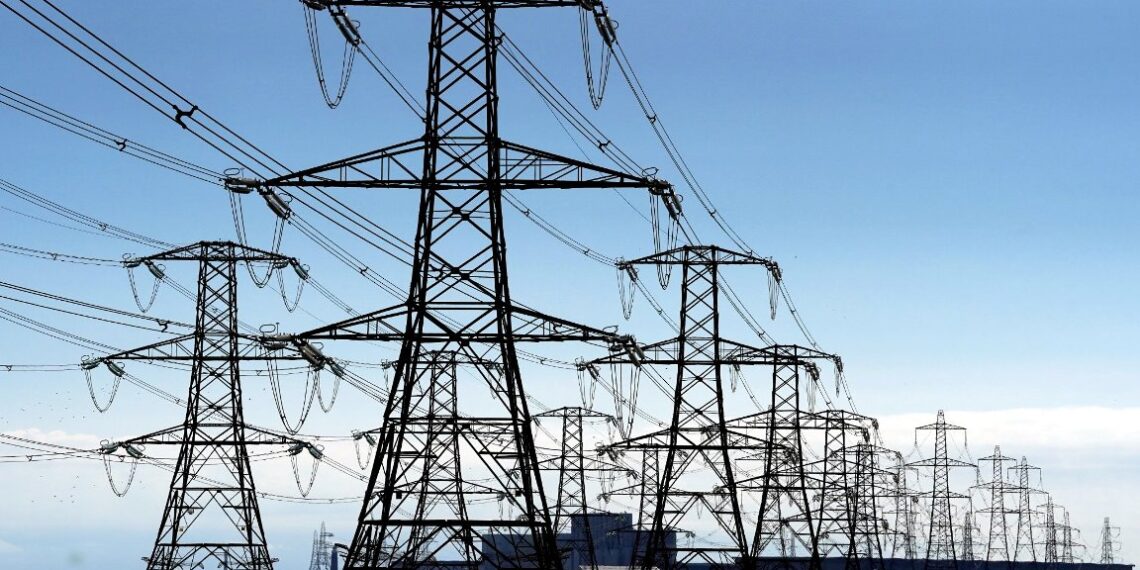Nigeria has been thrown into darkness as the national electricity grid has collapse for the third time in a week.
The grid collapse occurred early Saturday morning, with many states reporting total blackouts. This latest failure comes on the heels of two other collapses earlier in the week, further straining the already fragile power system.
Data obtained from the Nigerian System Operator’s portal (niggrid.org), revealed that the grid recorded an unprecedented zero Megawatts (MW) as of 8:16 am today.
Data gleaned showed that all 22 generation companies (GenCos) are down as of the time of this report.
This collapse marks the eighth grid disturbance in 2024, adding to challenges that have long plagued Nigeria’s power sector.
Despite the extensive effects of the blackout, the Transmission Company of Nigeria (TCN) had yet to confirm the incident as at the time of this report, leaving the public and key stakeholders without information on the cause or resolution of the latest crisis.
On February 4, Nigeria experienced its first blackout of 2024 when the national grid collapsed at approximately 11:51 AM. The TCN-managed grid saw its capacity plummet from 2,407 megawatts to just 31MW by noon, and it completely shut down by 1 PM.
The Minister of Power, Adebayo Adelabu during the week said grid collapses are almost inevitable in Nigeria given the deplorable state of the country’s power infrastructure.
According to him, having multiple power grids in each region and state would ensure stability.
He noted that the decentralisation of the power sector would help the plan to build grids in each region, saying this was made possible by the Electricity Act signed by President Bola Tinubu in 2023.
“This Electricity Act has decentralised power. It has enabled all the subnational governments, the state government and the local government, to be able to participate in the generation, transmission, and distribution of electricity. We all rely on a single national grid today; if there is a disturbance of the national grid, it affects all 36 states. It shouldn’t be like that. This will enable us to start moving gradually towards having regional groups and possibly having state grids.












